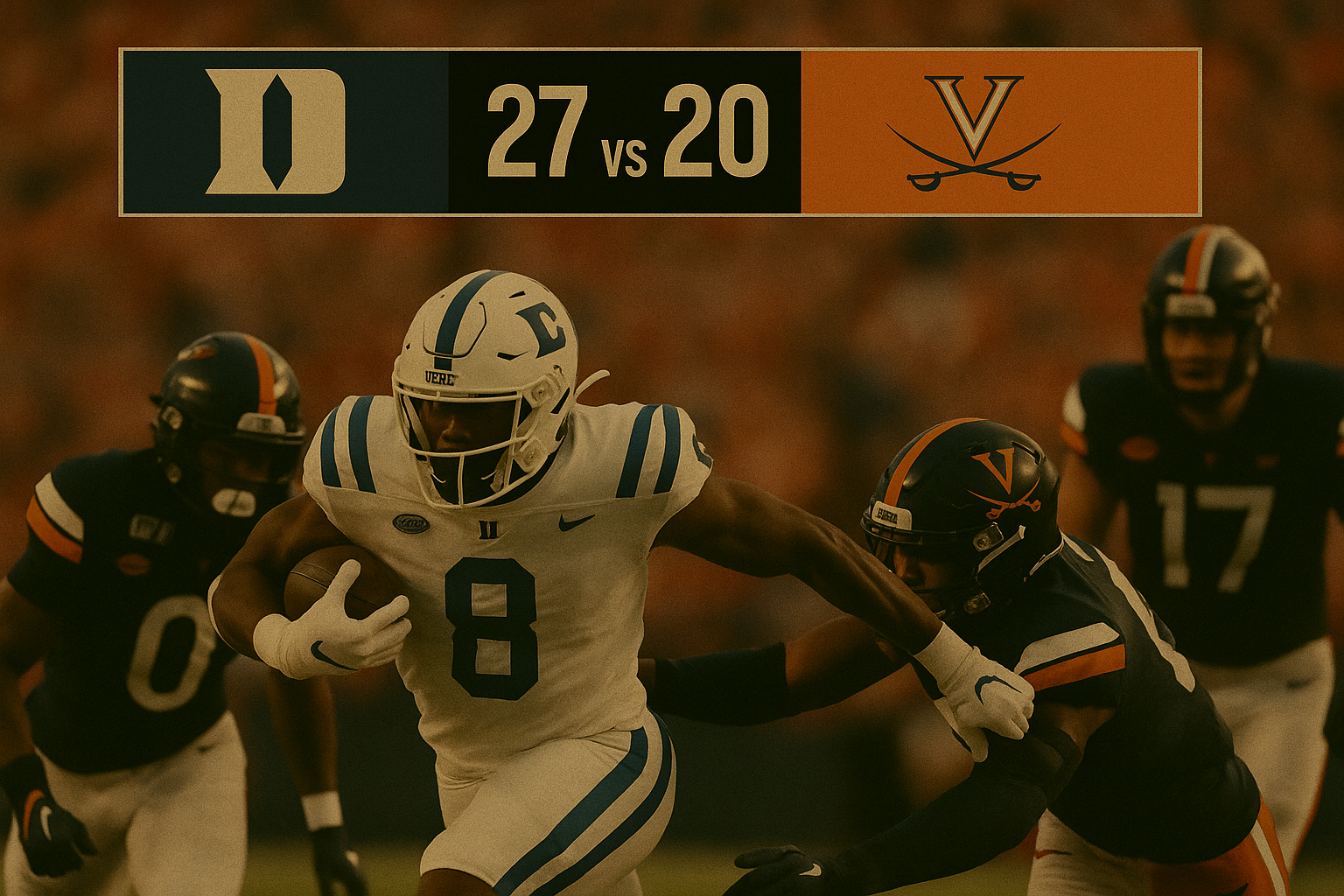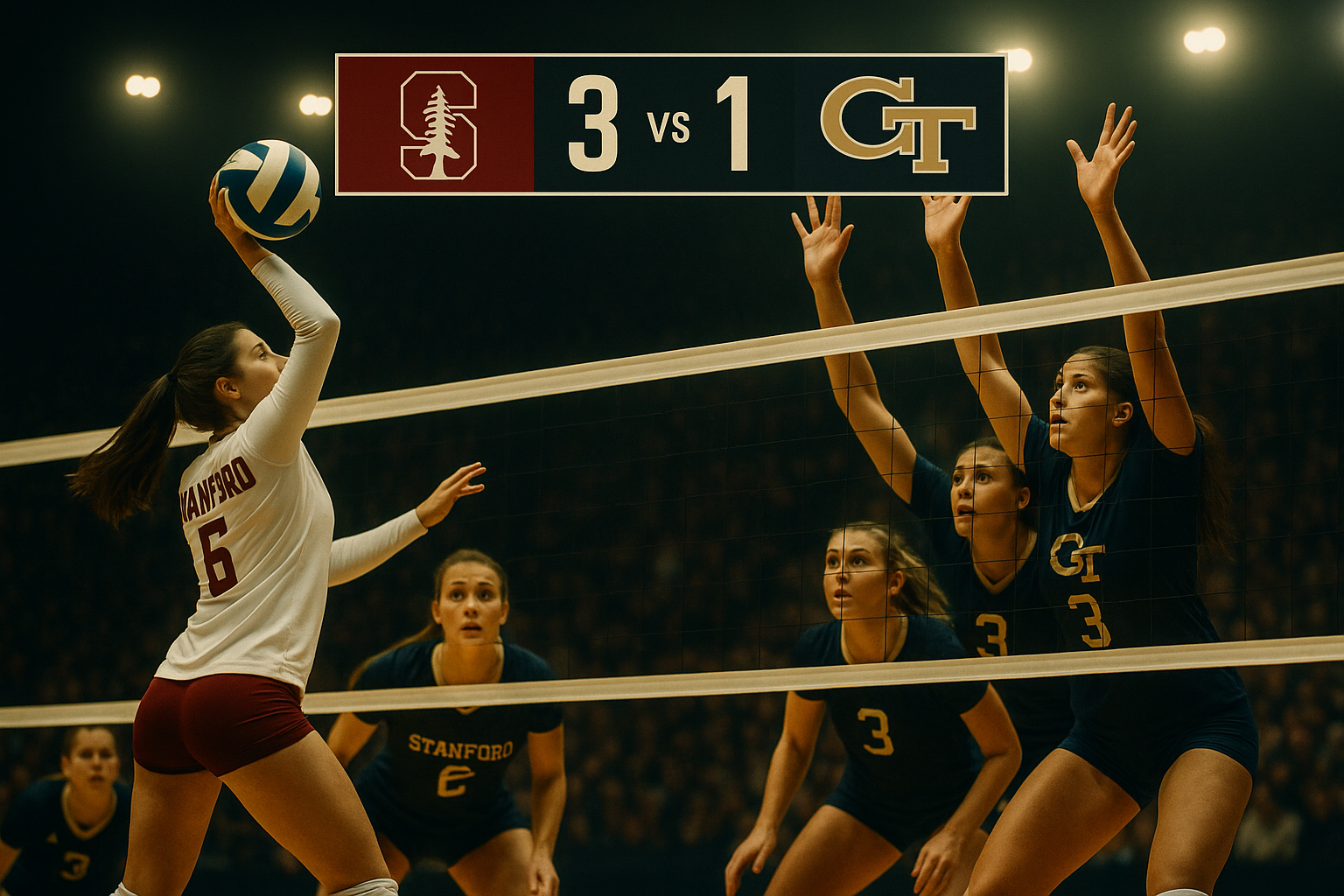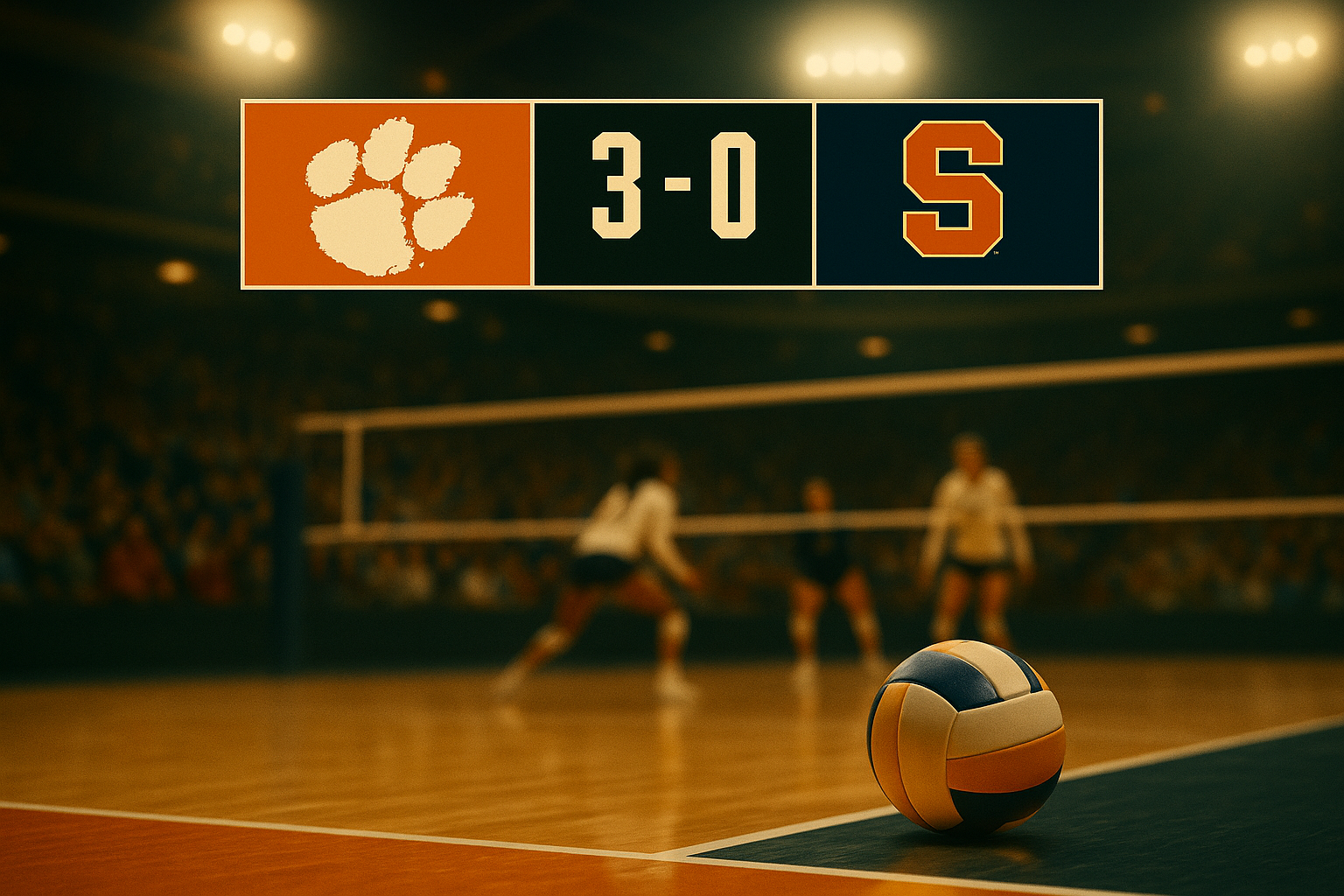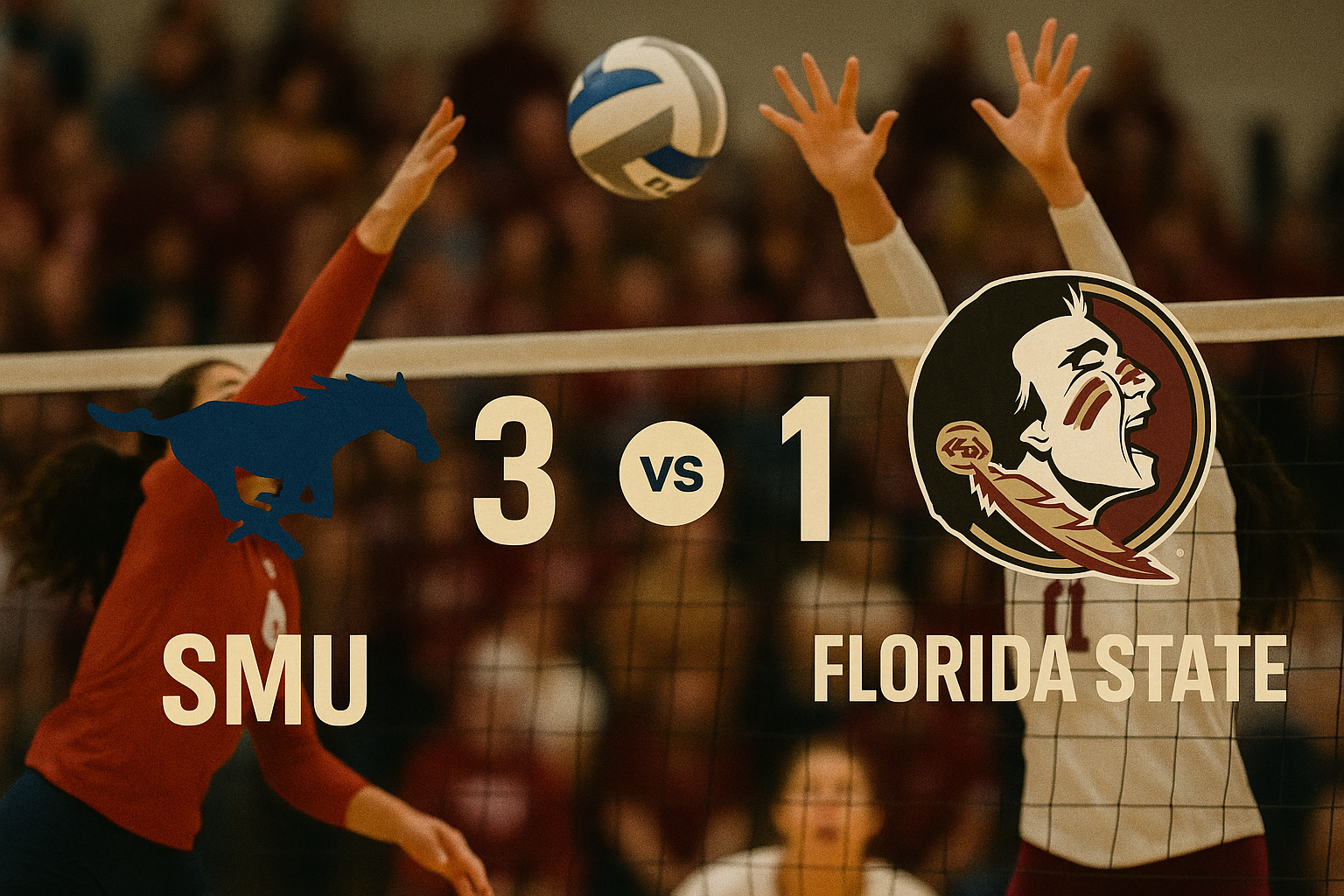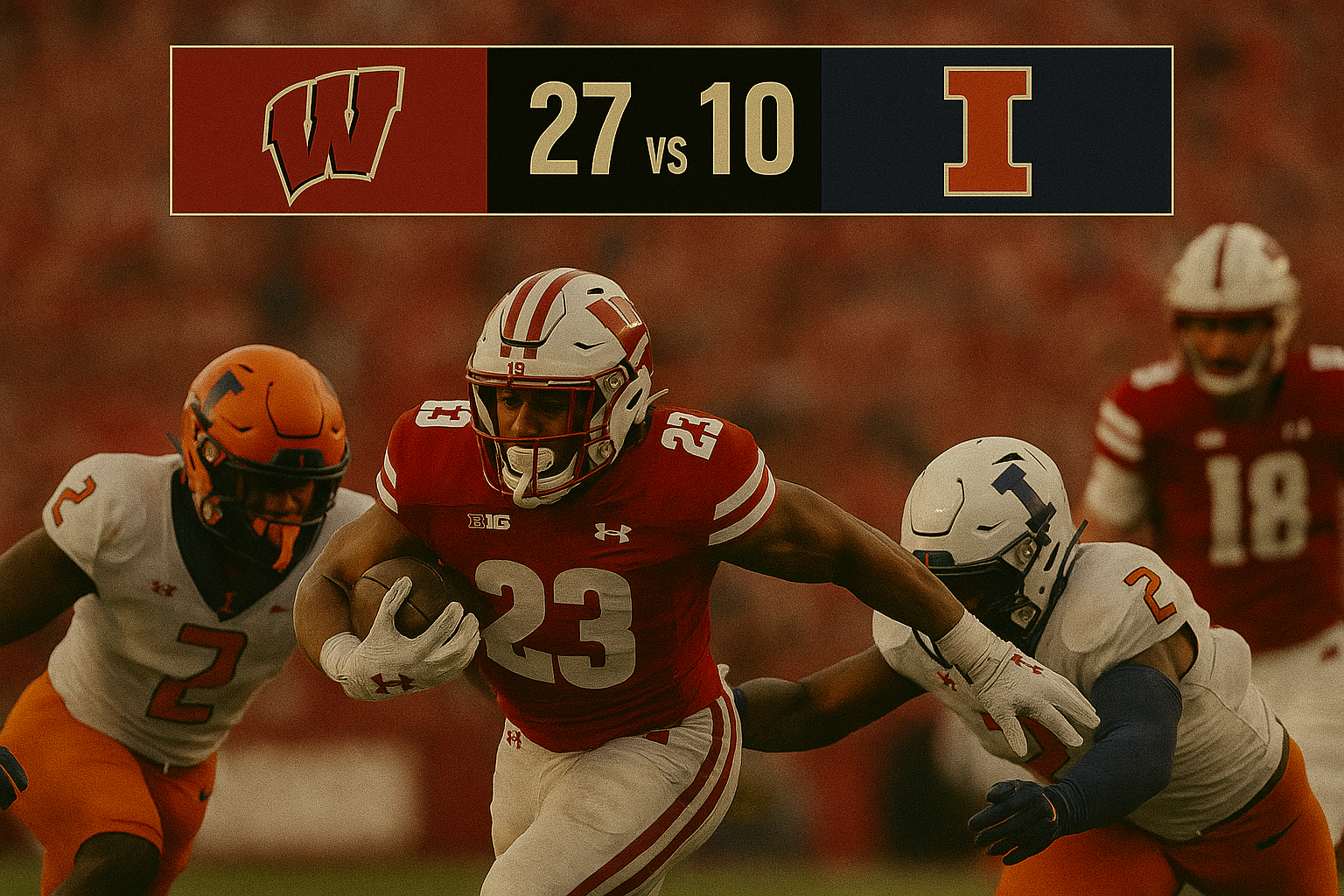Atlanta Dream Overcome Phoenix Mercury for Fifth Straight Win
A Key Road Victory in a Tight Race
The Atlanta Dream continued their impressive late-season surge with a 74-66 win over the Phoenix Mercury on Sunday at PHX Arena. The victory marked Atlanta’s fifth consecutive triumph, improving their record to 20-11 and solidifying their position among the Eastern Conference’s top contenders.
This matchup was the third meeting between the two teams this season, with Atlanta already holding a decisive edge from earlier games. Despite being on the road and facing a Phoenix squad eager to climb in the standings, the Dream once again found ways to impose their style of play, mixing strong defense with timely scoring.
Fast Start, Midgame Challenge
Atlanta wasted little time establishing control, building a 36-19 lead midway through the second quarter. Brionna Jones powered the early surge with scoring in the paint, while Naz Hillmon and Allisha Gray provided balance from multiple areas on the court. The Mercury, however, closed the first half strong, using a 15-3 run to cut the deficit to 39-34 at halftime.
Phoenix’s defensive pressure and improved ball movement in the closing minutes of the half disrupted Atlanta’s rhythm. The Mercury’s rally was fueled by opportunistic shooting from the perimeter and better execution in transition, even though they still struggled to convert fast-break opportunities into consistent points.
Momentum Shifts in the Second Half
The third quarter opened with Phoenix seizing its first lead of the game at 48-46, sparked by a pair of baskets and defensive stops. The advantage, however, was short-lived. Atlanta responded with a quick scoring burst, reclaiming the lead with a combination of free throws, perimeter shooting, and inside finishes. By the end of the quarter, the Dream were back in control, holding a narrow advantage heading into the final period.
In the fourth quarter, Allisha Gray emerged as the difference-maker. After being limited to seven points through three quarters, she scored 10 in the final stretch, knocking down critical shots to keep Phoenix at bay. Hillmon and Jones continued to dominate the boards, combining for 24 rebounds on the night.
Impact of Injuries and Ejections
The game took a dramatic turn late in the third quarter when Atlanta guard Jordin Canada suffered a non-contact injury while driving to the basket. She was carried to the locker room and did not return, finishing with 13 points, including two made three-pointers.
Minutes later, in the fourth quarter, Rhyne Howard was ejected after a confrontation stemming from a blocking foul. The sequence forced Atlanta to finish the game without two of its primary backcourt players, putting added pressure on Gray, Hillmon, and Jones to maintain composure and production.
Key Performers
Atlanta’s success was built on balanced contributions. Gray led the team with 17 points, showing poise in late-game situations. Jones posted a double-double with 15 points and 11 rebounds, while Hillmon matched that with 13 points and 13 rebounds. Canada’s efficient scoring before her injury gave the Dream a needed lift in the first three quarters.
For Phoenix, Alyssa Thomas delivered a standout performance with 21 points, eight rebounds, and five assists. DeWanna Bonner provided scoring off the bench with 16 points. However, the Mercury’s other primary scorers, including Kahleah Copper and Satou Sabally, struggled to find their shooting touch, combining for just six made field goals on 26 attempts.
Areas of Struggle for the Mercury
The Mercury’s inability to convert fast-break chances proved costly. They failed to score in transition during the first half and finished the game with just seven fast-break points, compared to Atlanta’s nine. Missed opportunities in open space and lapses in defensive coverage allowed the Dream to regain control after Phoenix briefly took the lead.
Shooting inefficiency also hindered Phoenix’s chances. Despite cutting down turnovers and creating good looks, they could not sustain a high enough shooting percentage to match Atlanta’s timely scoring.
Looking Ahead
With the win, Atlanta remains one of the hottest teams in the league, having found ways to adapt even when facing adversity. The Dream’s depth, rebounding dominance, and defensive resilience will be critical as they continue their push toward playoff positioning.
Phoenix, now 19-12, missed a chance to climb higher in the Western Conference standings. With four days before their next game against the Las Vegas Aces, the Mercury will focus on recovering physically and addressing their offensive inconsistencies.
If these two teams meet again in the postseason, Sunday’s game provided a preview of what could be a physical and tightly contested series — one in which Atlanta has already proven it can handle the pressure and secure wins both at home and on the road.
